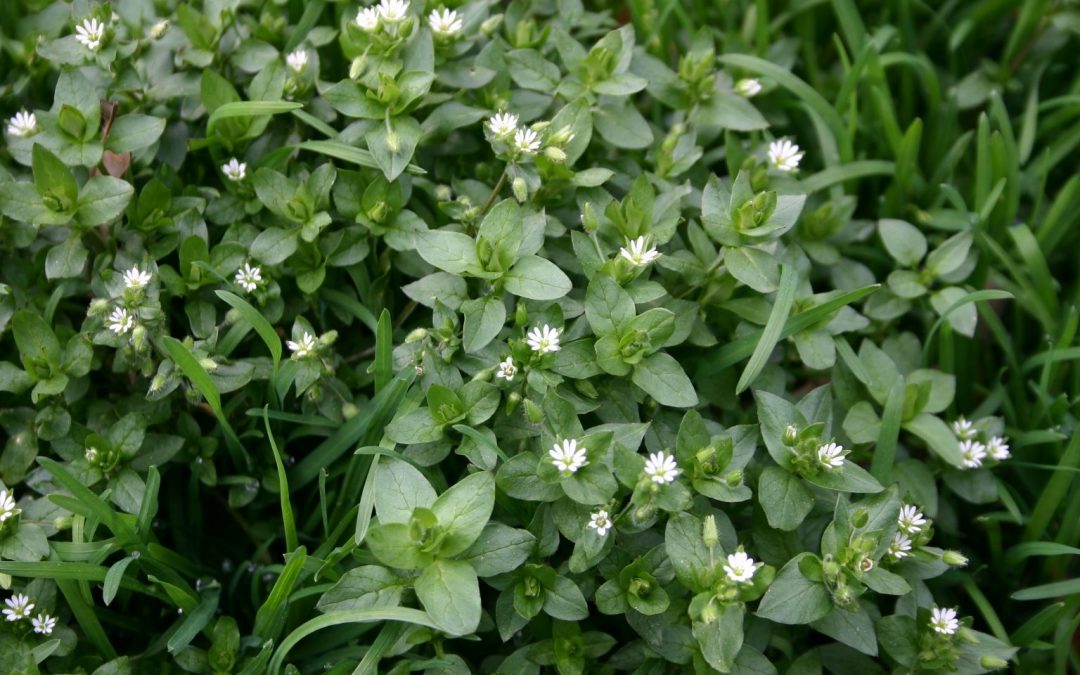Keeping up with lawn maintenance can be tough in Central Texas. Not only is the climate hot year-round, but the worst weeds in your San Antonio lawn tend to grow faster than the grass…and some are harder to kill than others. Here are the worst weeds to look out for the next time you’re mowing:
Broadleaf Weeds
Chickweed
This notorious weed may seem simple enough with its small leaves and white flowers. But don’t let the appearance of chickweed fool you. This worst weed is hard to get rid of due to its ability to produce up to 15,000 seeds from just one plant! Chickweed can adapt and spread well all across the lawn, making it even harder to eradicate! You’ll find it growing in shaded parts of the yard where birds will visit it to eat the seeds.
Thistle
This broadleaf weed is easy to spot with its spiny leaves with jagged edges. Thistle looks a lot like a dandelion when it is small but will have a purple hue to it. Many homeowners consider thistle one of the worst weeds in your San Antonio lawn thanks to its quick growth rate and the amount of space it covers. When left untreated, thistle can grow tall and spread, blocking the grass underneath. Use gloves to pull out this sucker and make sure to get the entire root, so it doesn’t come back.
Purslane
Known as the Dolly Parton weed, this persistent perennial blooms from 9 to 5, when the sun’s out. It’s hard to get rid of because of its low stems and many seedpods it produces. Purslane seeds sit in the soil year after year as well. This is an edible weed although most homeowners may not be thrilled about a Purslane salad. It also is tolerant of both drought and heat, making it a stubborn plant that won’t go without a fight. You’ll know you have this weed in the lawn by spotting its red stems and clover-like leaves. Pull the weed by the roots and make sure you get the seeds to prevent it from re-rooting.
Grassy Weeds
Crabgrass
Grassy weeds are harder to spot thanks to their close resemblance to the grass. But over time, crabgrass will spread and choke the grass underneath. This weed usually grows faster than the rest of the lawn and can take over if not eliminated. Spotting and taking out crabgrass is critical as one plant can produce thousands of seeds. Pull it out by the roots (use a trowel or spade) as soon as it appears. To prevent it from returning, use a pre-emergent herbicide at the beginning of spring.
Dallisgrass
This other grass weed is a common problem all throughout the San Antonio and New Braunfels area. Dallisgrass is harder to spot at first since it looks much like the surrounding turf. However, if you miss a mow or two, you’ll find that the Dallisgrass stands much taller than the rest of the lawn. This weed can grow quite large, and a single plant can smother the surrounding grass. It’s a common issue for manicured lawns like athletic fields and golf courses.
Spotting any of these weeds early is the key to keeping them out of your manicured lawn. Your best defense is regular mowing, watering, and fertilizing, so the weeds won’t find bare spots to seed.
Have questions about lawn mowing and maintenance in San Antonio? Check out our San Antonio, Texas, lawn care page.

